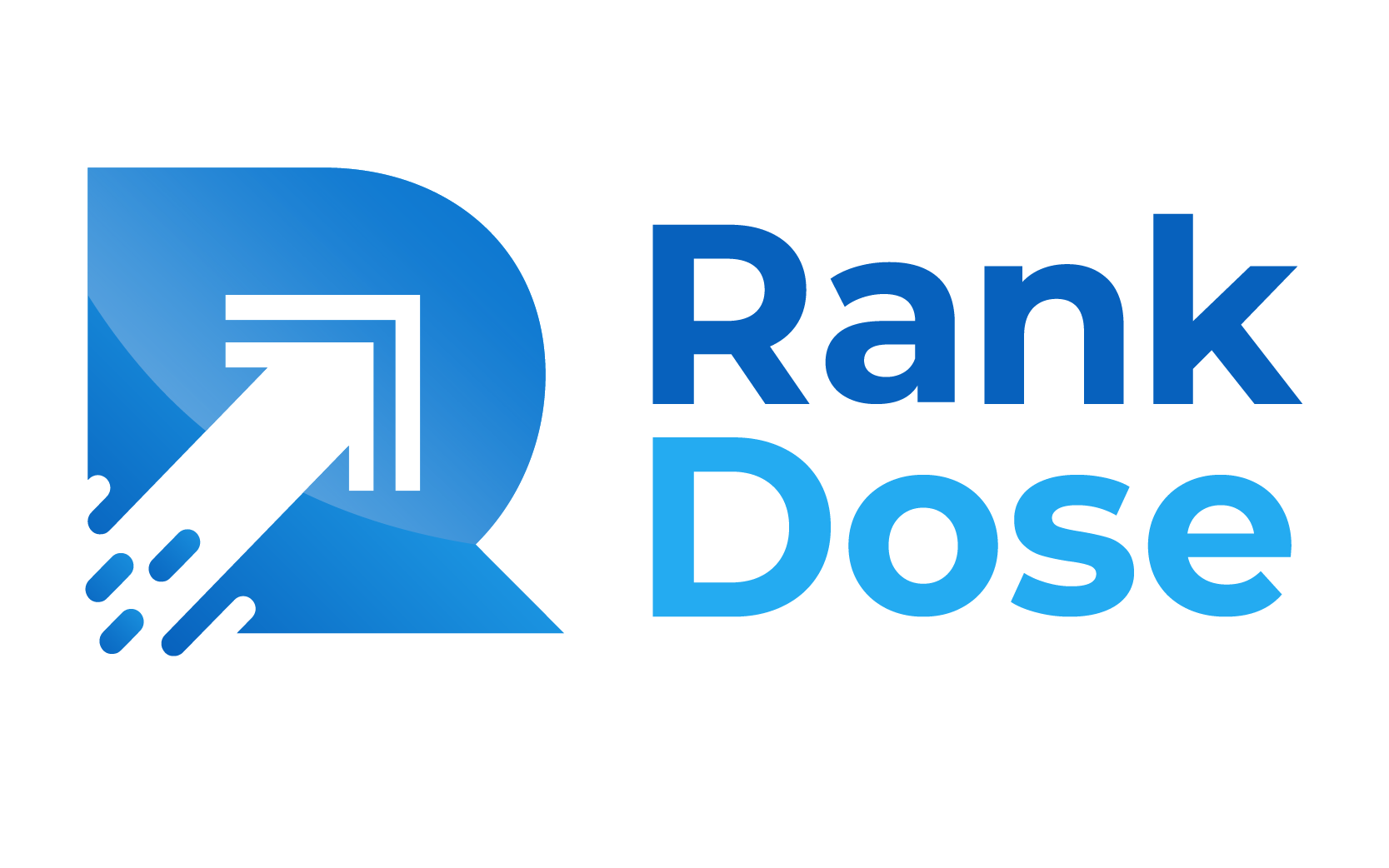Advanced Hreflang Tag Generator
Mastering Global Reach: Role of Hreflang Tags in SEO
In the vast expanse of the digital world, where borders blur and the global audience is just a click away, mastering the art of international SEO has become more crucial than ever. At the heart of this endeavor lies a powerful yet often overlooked tool: the hreflang tag.
This guide delves into the essence of hreflang tags, unraveling their significance and offering strategic insights to harness their potential for your website’s global SEO success.
Understanding Hreflang Tags
Hreflang tags are snippets of code that tell search engines about the linguistic and geographical targeting of a webpage. In essence, they are a signal to search engines like Google, indicating that there are multiple versions of a page, each designed for a different language or region.
This simple mechanism plays a pivotal role in creating a seamless and relevant user experience for a global audience.
Why Hreflang Tags Matter in SEO
1. Enhancing User Experience: By directing users to the version of your site that best fits their language and region, hreflang tags significantly improve the user experience. This tailored approach reduces bounce rates and increases engagement, which are key factors in SEO rankings.
2. Preventing Duplicate Content Issues: Websites that target multiple countries or languages often have similar or identical content across different pages. Hreflang tags help search engines understand these variations, preventing them from being marked as duplicate content and ensuring the right page ranks in the right country.
3. Boosting International Reach: For businesses aiming to expand their footprint across borders, hreflang tags are indispensable. They ensure your content resonates with the local audience by addressing language nuances and regional preferences, thereby improving visibility and rankings in international search results.
Implementing Hreflang Tags: Best Practices
1. Specify Language and Region: Clearly define the intended language and geographical target for each page using ISO 639-1 language codes and ISO 3166-1 Alpha 2 country codes. This precision guides search engines in matching your pages with the appropriate audience.
2. Use Absolute URLs: Always specify absolute URLs in your hreflang annotations to avoid any confusion for search engines when locating the alternate versions of your content.
3. Include a Self-Referential Tag: Each page should include an hreflang tag pointing to itself, ensuring that search engines recognize the page’s targeting intentions.
4. Keep Your Tags Updated: As your website evolves, so should your hreflang annotations. Regularly review and update your tags to reflect new content, removed pages, or changes in your international strategy.
Advanced Strategies for Leveraging Hreflang Tags
1. Dynamic Generation for Large Sites: For websites with a vast number of pages, dynamically generating hreflang tags can save time and reduce errors. This approach ensures consistency across large-scale sites.
2. Monitoring and Analytics: Utilize tools like Google Search Console to monitor the performance of your hreflang-tagged pages. Insights gained can help refine your strategy and rectify any issues, such as incorrect tagging or missing pages.
3. Integrating with Other SEO Efforts: Hreflang tags should be part of a broader SEO strategy that includes localized content, cultural customization, and technical SEO optimizations. This holistic approach amplifies the impact of your international SEO efforts.
In the digital age, where the world is interconnected as never before, the importance of hreflang tags in SEO cannot be overstated. They are not just code snippets but strategic tools that bridge languages and cultures, opening doors to global markets.
By implementing hreflang tags thoughtfully and monitoring their performance, businesses can significantly enhance their international presence, providing content that is not only seen but also resonates with a global audience.
